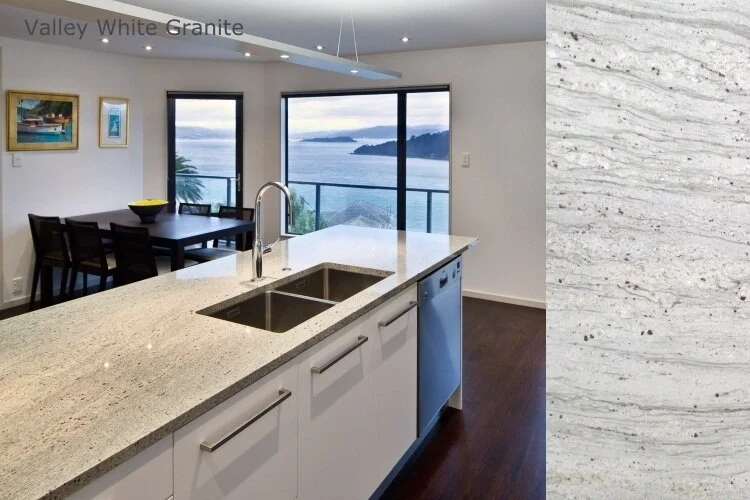Necessary Tips for Preserving Your Cooking Area Benchtops for Durable Beauty
Keeping the charm and durability of your kitchen area benchtops calls for a thoughtful strategy to care and cleaning. With different materials and coatings readily available, the right techniques may vary-- checking out these subtleties can disclose unforeseen insights for your kitchen treatment regimen.
Routine Cleaning Up Practices
Maintaining an excellent cooking area benchtop begins with implementing routine cleaning methods. This easy method not only maintains the benchtop looking fresh yet additionally reduces the risk of contamination.
Along with day-to-day maintenance, an once a week deep clean is a good idea. During this process, think about utilizing a more complete remedy, such as a mild multi-surface cleaner, to take on any kind of persistent stains or deposits. For products like granite or quartz, it is essential to comply with producer suggestions for cleaning items to protect their integrity.
Pay special focus to high-traffic locations where spills are more most likely to take place, and don't forget to clean the edges and edges where dirt can accumulate. Normal cleansing not only improves the longevity of your kitchen benchtop yet also makes sure a risk-free and inviting cooking setting. By developing these practices, home owners can preserve the appeal and functionality of their kitchen surface areas over time.
Staying Clear Of Harsh Chemicals
When it involves cleansing cooking area benchtops, selecting the best cleaning products is extremely important (Kitchen Benchtops). The durability and aesthetic appeal of your benchtops can be substantially endangered by the usage of extreme chemicals. Numerous traditional cleansing representatives include abrasive substances that can scrape and plain surface areas, leading to unattractive marks and a decrease in their general life-span
Additionally, extreme chemicals can react negatively with certain materials, such as all-natural rocks or crafted surfaces, possibly resulting in staining or degradation. For example, acidic cleaners can deteriorate the coating of granite or marble, while bleach can damage synthetic surface areas. It is vital to decide for pH-balanced, gentle cleaning options that efficiently remove dust and spots without taking the chance of harm to your benchtops.
In addition, many environmentally friendly items are readily available on the marketplace, which not only use secure cleansing alternatives but also add to a much healthier kitchen environment. If you choose a do it yourself method, a mix of cozy water and light soap can be very reliable (Kitchen Benchtops). By avoiding rough chemicals, you can maintain the charm and honesty of your cooking area benchtops for years to find
Using Trimming Boards
Using reducing boards is important for protecting your cooking area benchtops from the ground up and damages while preparing food. These boards act as an obstacle between your blades and the surface of your benchtops, substantially reducing the risk of unwanted marks and use. It is suggested to make helpful hints use of a reducing board made from products such as wood, bamboo, or plastic, as each deals distinct benefits.
Wooden cutting boards are recognized for their toughness and knife-friendly buildings; they can aid keep your blades sharp. Bamboo boards are an environmentally friendly selection that is light-weight and immune to knife scars. Plastic cutting boards, on the various other hand, are very easy to tidy and typically dish washer safe, making them a functional choice for everyday usage.

Sealing and Protecting Surfaces
Securing your cooking area benchtops expands past the use of reducing boards; sealing the surfaces plays a crucial function in protecting versus stains, wetness, and wear. The ideal sealer can enhance the longevity of materials, such as granite, quartz, and wood, guaranteeing they maintain their aesthetic charm with time.

Application of the sealant should be performed in a clean, completely dry environment, complying with the maker's guidelines for optimum results. Normally, this entails cleaning the surface extensively, applying the sealer evenly, and allowing it to treat as recommended. Normal maintenance, consisting of resealing every 1-3 years depending on use and material, will strengthen protection and lengthen the life of your benchtops, ensuring they continue to be a stunning focal point in your kitchen.
Addressing Spots Promptly
Spots on kitchen area benchtops can promptly become a significant concern otherwise addressed quickly. The longer a stain remains, the harder it becomes to get rid of, potentially bring about permanent discoloration and damages to the surface. It is crucial to take on spills and stains as soon as they happen.
Different products need details techniques to stain removal. Non-porous surface areas like quartz can typically be cleaned with moderate soap and water, while permeable products, such as all-natural stone, may require customized cleaners to avoid fluid penetration. Constantly describe the maker's guidelines for the best cleaning practices.

Regular upkeep, including sealing porous surfaces, can considerably minimize the threat of staining. By without delay resolving spills and comprehending the specific needs of your benchtop material, you can protect the aesthetic charm and capability of your cooking area surfaces for years ahead.
Final Thought
To conclude, preserving the beauty and capability of cooking area benchtops calls for adherence to important cleaning techniques, avoidance of harsh imp source chemicals, and the use of protective steps such as reducing boards. Regular securing of permeable products and punctual focus to spills and spots are vital for maintaining the stability of surface areas. By applying these strategies, the longevity and visual charm of kitchen area benchtops can be significantly improved, making sure a beautiful and resilient culinary environment.